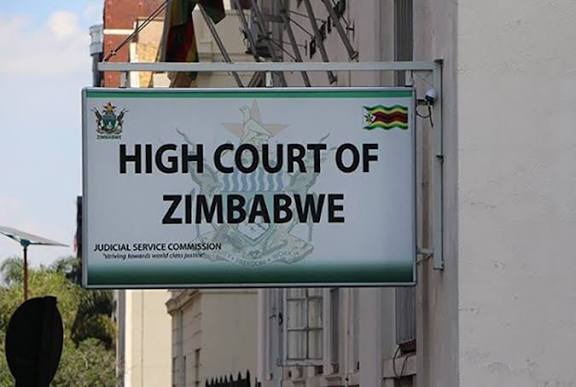By Business Correspondent
Harare – Zimbabwean businesses are once again grappling with the crippling effects of electricity outages, as low water levels at the Kariba Dam have forced a reduction in power generation.
Frequent breakdowns at the coal-fired Hwange Thermal Power Station have compounded the problem, severely impacting economic productivity.
Across the country, companies including major mining operations, manufacturers, and large-scale agricultural firm are enduring power outages lasting up to 18 hours a day.
A similar situation is occurring in neighboring Zambia, which also relies heavily on the Kariba Dam for power generation.
Despite forecasts for a favorable 2024/2025 agricultural season with normal to above normal rainfall, ongoing power outages threaten to offset potential productivity gains.
Mining companies, including units of Impala Platinum, Anglo American Platinum, and Sibanye-Stillwater, have reported significant losses in production time and revenue due to these outages.
“Power outages are one of the key constraints, with a recent survey by the Chamber of Mines indicating that miners have lost $500 million (around R8.8 billion) of potential revenue due to power outages in 2024,” said Lloyd Mlotshwa, lead analyst for IH Securities.
Some Zimbabwean mining companies have resorted to expensive electricity imports from regional suppliers to keep operations running.
“Power outages have persisted owing to frequent breakdowns at Hwange power station and low water levels at Kariba amid drought conditions. Business operations continue to be disrupted and alternative power sources have exerted cost pressures on them,” explained Mhlotshwa.
Matts Valela, chairman of African Distillers (Afdis), which is partially owned by Distell, also highlighted electricity supply constraints as a significant hurdle for Zimbabwe’s economic productivity.
“The current limited access to foreign currency, and erratic power supply will continue to present challenges for the wines and spirits maker,” said Valela.
Valela however, expressed optimism about Zimbabwe’s economic prospects.
“A normal agricultural season, along with increased activity in mining, tourism, and infrastructural development, is expected to boost economic activity,” he said.
In addition to the power shortages, Zimbabwe’s high electricity tariffs currently about $0.14 per kilowatt-hour, with peak tariffs reaching around $0.19 per kilowatt-hour—continue to put pressure on industry players, according to IH Securities.
“The cost is even higher during power outages, where diesel powered generators are used as a backup, with an implied tariff exceeding $0.30 per kilowatt hour,” said the securities research company last week.
The mining sector, one of Zimbabwe’s key economic pillars, is among those hit hardest by the energy crisis.
The country’s mineral revenues are forecast to decline by as much as 10% this year to $5.5 billion due to the power disruptions.
To address the energy shortfall, Zimbabwe is pushing for independent power producers to come online, with various small-scale solar power plants currently in development.
Additionally, construction has begun on a $3.6 billion energy industrial park in Beitbridge a joint venture between the government of Zimbabwe and Chinese mining firm Palm River Energy.
The project will include a 1,200MW coal-fired power plant, with 50MW expected to be added in the ongoing first phase.
As Zimbabwe’s energy crisis deepens, businesses are left to navigate mounting operational challenges, with the potential for significant economic consequences if sustainable power solutions are not implemented soon.



